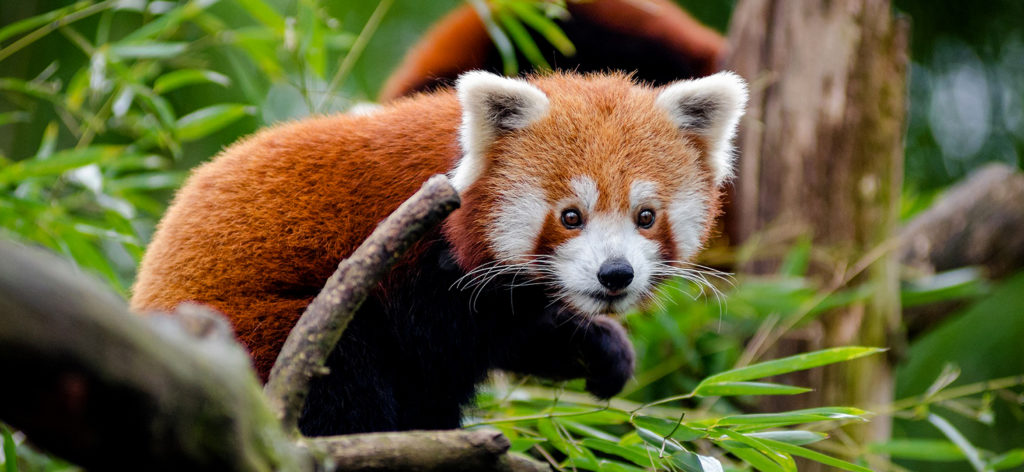Nepal’s only hunting reserve, Dhorpatan, is facing growing challenges in conserving the endangered red panda. The main concern is the destruction of their habitat. Red pandas typically live in bamboo thickets and survive by eating bamboo shoots. However, due to recent deforestation and wildfires, their habitat is rapidly declining, raising serious concerns among conservationists.
According to ranger Sagar Subedi of the Dhorpatan Hunting Reserve, the reserve has the highest red panda population in the country. Although an exact count hasn’t been conducted, it is estimated that there are around 300 red pandas within the reserve. A 2017 survey had shown very few red pandas, but current estimates suggest the number has increased to between 200 and 300.

Subedi mentioned that a request has been made to the Department of National Parks and Wildlife Conservation for an official red panda census. Red pandas have been spotted in multiple blocks of the reserve, including Fagune, Surtibang, Sundaha, Barse, Bhustung, Dogadi, and Seng. Compared to the past, sightings of red pandas have become more frequent and widespread.
“Until 2015, red pandas were seen only sporadically in Dhorpatan,” Subedi said. “But during the 2017 survey, they were found in all blocks. Now, we estimate there are around 300 red pandas, possibly the highest number in any protected area of the country.”

Red pandas are also found in the upper forest areas of Baglung, outside the hunting reserve, according to Saroj Panthi, head of the Division Forest Office. He noted that increasing wildfires, deforestation, and human population density are major threats to red panda conservation. Panthi emphasized the need for local governments to raise awareness and take action to protect the species.
Red pandas are primarily found in the high hills and Himalayan regions east of Karnali. Currently, they are found in only 23 hill and mountain districts of Nepal. Panthi also stressed the importance of protecting bamboo shoots, the primary food of red pandas, and said that due to their shy nature, even minor disturbances can negatively impact them.






